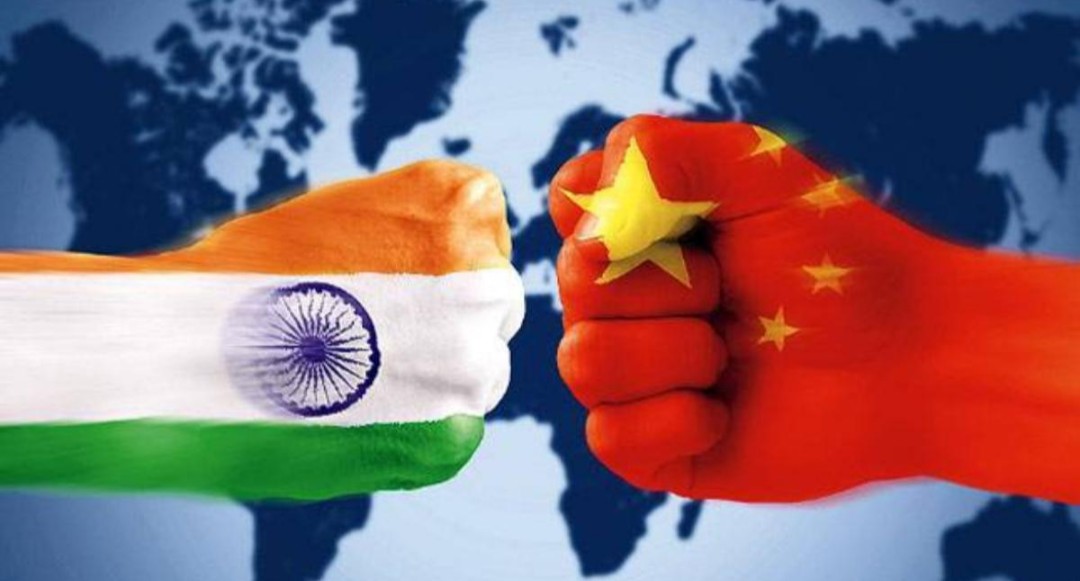India Today has learnt that far from de-escalation, a greater mobilisation and concentration of troops have been seen on both sides of the Line of Actual Control in the last 72 hours.
The precise opposite of disengagement between India and China is happening at the four friction points in eastern Ladakh. With the third round of Corp Commander level talks winding down in Chushul, India Today has learnt that far from de-escalation, a greater mobilisation and concentration of troops have been seen on both sides of the Line of Actual Control in the last 72 hours. And the mobilisation shows no signs of abating.

India Today can confirm that the Indian Army has scaled up its deployments, but will not report on the specifics of this mobilisation owing to the dynamic nature of the situation at all four friction points. The Chinese side has clearly scaled up deployments in depth areas of the Finger complex of Pangong Tso as well as Hot Springs area.
As reported by India Today yesterday, the talks in Chushul today led with and focused in large measure on the situation at Pangong Tso’s Finger 4. India Today was the first to detail just how serious the situation is on the ridgeline at Finger 4, with permanent Chinese positions emerging for the first time in a swathe of disputed territory claimed and earlier patrolled by both sides. While the Chinese Army remains unmoved, both physically on the ground across friction points as well as in talks, it is clear that the PLA leadership has decided to focus its intransigence on Finger 4, showing every intention to move even further west into Indian territory, but held off by bigger Indian deployments in the area.
The three other friction points, Patrol Point 14 in the Galwan Valley (where the violent clash took place on June 15) and Patrol Points 15 & 17A near the Gogra Post in Hot Springs, also came up for discussion. As India Today has reported, the situation at the Galwan Valley and Hot Springs is less precarious currently compared to Pangong Tso, with the proximity and continuing mobilisation around Finger 4 being seen as a continued hostile action.
Three things have emerged quite clearly from today’s talks. One, the process to define the crucial ‘how’ of disengagement has made no clear headway. Two, that while the two sides have defined their own details of disengagement, there are key disagreements that have stalled any clear progress in the talks. And three, the token reduction in troops seen at some sites, including Patrol Point 14, is precisely that — token, in the present scheme of things.
In the absence of any clear take-aways to build on for the next round of talks, it is near certain that any disengagement may only happen by default when winter sets in, and manning positions at those frontiers become impossible to sustain for both sides. In the three months before winter takes over, the two sides will likely continue to talk, though no dramatic de-escalation is expected. For now, top sources say, the level of mobilisation by both sides, especially in the last four days, has emphasised trust deficit and also increased the ‘point of no return’ factor in deployments.
The Indian government’s decision to ban 59 Chinese mobile apps just hours before Tuesday’s military talks at Chushul added a new hard dimension to India’s position, one that cannot be fully disentangled from the larger confrontation.
With boot heels, wheels and tank tracks dug in, it is likely that troops from both sides may only begin to disengage when the surface of the Pangong Tso is frozen over.

